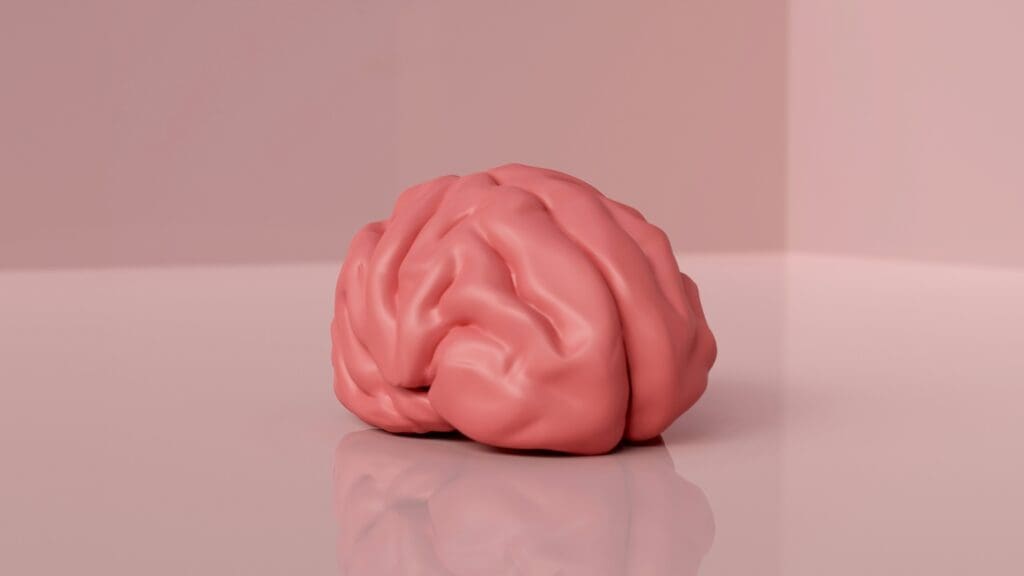Brainspotting, a potent and focused therapeutic method, is gaining traction in Houston, Texas. This innovative technique works by identifying, processing, and releasing the deep-seated neurophysiological sources of emotional and bodily pain, trauma, dissociation, and other challenging symptoms.
Several therapists and counseling centers in Houston have incorporated Brainspotting into their services. Among them are District Counseling. Frank Ortiz is an expert in Brainspotting.
District Counseling offers Brainspotting Trauma Therapy, inviting clients to discover how they can thrive with this therapeutic approach.
At its core, Brainspotting operates on a profound attunement between the therapist and the patient, finding a somatic cue and extinguishing it by down-regulating the amygdala. It facilitates homeostasis, not just activation of the Parasympathetic Nervous System (PNS).
Brainspotting serves as a tool within the clinical relationship to neurobiologically locate, focus, process, and release experiences and symptoms often out of the conscious mind’s cognitive and language capacity. It works with the deep brain and the body through its direct access to the autonomic and limbic systems within the body’s central nervous system.

Brainspotting is a physiological tool/treatment that has profound psychological, emotional, and physical consequences. It is believed that Brainspotting taps into the body’s innate self-scanning capacity to process and release focused areas (systems) that are in a maladaptive homeostasis (frozen primitive survival modes). This might explain the ability of Brainspotting to reduce and eliminate body pain and tension associated with physical conditions.
A “Brainspot” is an eye position related to the energetic/emotional activation of a traumatic or emotionally charged issue within the brain. When a Brainspot is stimulated, the deep brain reflexively signals the therapist that an area of significance has been located. The maintenance of that eye position/Brainspot stimulates a deep integrating and healing process within the brain, leading to a de-conditioning of previously conditioned, maladaptive emotional and physiological responses.
Despite the effectiveness of Brainspotting, it is crucial to acknowledge that there is no replacement for a mature and nurturing therapeutic presence and the capability to engage another suffering human in a safe, trusting relationship where they feel heard, accepted, and understood.
Brainspotting, a therapeutic approach that has found a home in Houston, Texas, is a therapy method designed to help individuals process and release core sources of emotional and physical pain.
This therapy works by locating points in the client’s visual field that help to access unprocessed trauma in the subcortical brain. It’s an inside window into the client’s internal experience and allows the therapist to locate and target sources of distress within the brain.
Brainspotting works on the principle that “where you look affects how you feel.” It uses the client’s eye positions and gaze direction to tap into the areas of the brain where emotions are activated. This process often triggers reflexive responses such as eye twitches or facial expressions, indicating the presence of a Brainspot.
While maintaining focus on the Brainspot, the therapist encourages the client to explore their trauma or issue. This deep, focused exploration activates a healing process within the brain, allowing the client to process and release the emotional pain associated with the trauma.
Brainspotting also aims to develop internal resource states and experiences, enabling the therapist and patient to alternate between positive states and trauma states. This allows for more gradual processing and desensitization of intensely traumatic and emotionally charged issues.
Enhancement of Brainspotting with BioLateral Sound, which alternately stimulates each cerebral hemisphere, can further increase its effectiveness. This bilateral stimulation enhances the brain’s processing abilities, facilitating deeper healing.
Brainspotting recognizes that any significant physical or emotional injury can become a traumatic experience, contributing to the development of a reservoir of life traumas held in the body. It acknowledges that the majority of requests for medical care are linked to the actions or consequences of accumulated stress and trauma on the human body.
Brainspotting is a potent therapeutic tool that taps into the body’s innate ability to heal itself from trauma. It’s being increasingly adopted by therapists in Houston, Texas, offering hope and healing to those struggling with emotional and physical pain.
Brainspotting is a therapy technique that is gaining traction in Houston, Texas. This innovative method helps identify, process, and release core neurophysiological sources of emotional and physical pain.
Brainspotting works by identifying points in the client’s visual field that help to access unprocessed trauma in the subcortical brain. It is a powerful, focused treatment method that works by identifying, processing, and releasing core neurophysiological sources of emotional and body pain.

At its core, Brainspotting operates on a profound attunement between the therapist and the patient, finding a somatic cue and extinguishing it by down-regulating the amygdala. It facilitates homeostasis, not just activation of the Parasympathetic Nervous System (PNS).
Brainspotting serves as a tool within the clinical relationship to neurobiologically locate, focus, process, and release experiences and symptoms often out of the conscious mind’s cognitive and language capacity. It works with the deep brain and the body through its direct access to the autonomic and limbic systems within the body’s central nervous system.
Brainspotting is a physiological tool/treatment that has profound psychological, emotional, and physical consequences. It is believed that Brainspotting taps into the body’s innate self-scanning capacity to process and release focused areas (systems) that are in a maladaptive homeostasis (frozen primitive survival modes). This might explain the ability of Brainspotting to reduce and eliminate body pain and tension associated with physical conditions.
In conclusion, Brainspotting is a potent therapeutic tool that taps into the body’s innate ability to heal itself from trauma. It’s being increasingly adopted by therapists in Houston, Texas, offering hope and healing to those struggling with emotional and physical pain.
Written by Frank Ortiz, MS, LPC-S, NCC and Cynthia Rojas, MA, LPC

About the Author: Frank Ortiz is the founder of District Counseling in Houston, Texas. He holds a Master of Science degree in counseling from Southern Adventist University and is a Licensed Professional Counselor-Supervisor (LPC-S) and National Certified Counselor (NCC). With over 10 years of experience, Frank has dedicated his career to bringing mental health healing. He is trained in brainspotting and is currently accepting new clients for this type of service.

Arely Ambriz
October 31, 2025
Your Weekend is Calling, But Is Your Brain Answering? How to Unplug in an Over-plugged World
Learn how Orson Welles’ infamous “War of the Worlds” broadcast can teach you to avoid miscommuniLearn how to reclaim your weekends and disconnect from work with practical strategies like creating...

Arely Ambriz
October 30, 2025
Are You Broadcasting on the Wrong Frequency? Lessons in Relationship Communication from a Martian Invasion
Back-to-School Mental Health: Tips for a Smooth Transition – Discover practical tips to ease back-to-school anxiety for kids, teens, and parents. Build healthy routines, manage stress, and foster emotional… …...

Arely Ambriz
October 29, 2025
The Hurricane in Your Head vs. the Comet in Your Sky: Finding Mid-Week Calm in a Chaotic World
Discover “Productivity Panic,” the anxiety driven by workplace surveillance. Learn why employee monitoring leads to stress and burnout, and get actionable tips to manage daily anxiety....

Arely Ambriz
October 28, 2025
Is Your Job Watching You? A Q&A on Navigating “Productivity Panic” in Texas
Discover “Productivity Panic,” the anxiety driven by workplace surveillance. Learn why employee monitoring leads to stress and burnout, and get actionable tips to manage daily anxiety....

Arely Ambriz
October 27, 2025
Storm Advisory for Your Monday Morning: How to Weather the Week’s Emotional Forecast
Discover how to navigate the emotional storms of Monday mornings with practical tips, mindset shifts, and grounding techniques to start your week with intention and strength....

Arely Ambriz
October 24, 2025
Beyond the Noise: How to Reclaim Your Weekend in a Fractured World
Feeling mentally depleted from communication overload? Discover practical strategies for startup leaders to combat brain fatigue and achieve a truly restorative, screen-free weekend....

Arely Ambriz
October 22, 2025
he Weight of the World on a Wednesday? A Guide to Managing Mid-Week Stress
Feeling the weight of the world on a Wednesday? Discover practical tips to manage mid-week stress, balance personal challenges, and cope with global news. Recharge your mental energy today....

Arely Ambriz
October 21, 2025
Beyond the Trillion-Dollar Valuation: The Human Cost of Constant Innovation
High-pressure tech jobs can lead to burnout, anxiety, and imposter syndrome. Learn the signs of chronic stress and discover how to reclaim your well-being....

Francisco Ortiz
October 20, 2025
Couples Counseling After Betrayal: A Step-by-Step Roadmap for Houston Partners
Betrayal in a relationship—whether through infidelity, dishonesty, or broken trust—can feel like an emotional earthquake. The ground beneath you shifts, and suddenly the stability you relied on feels uncertain. Yet,...

Arely Ambriz
October 17, 2025
Why Reclaiming Your Weekend is a Radical Act in 2025
Discover why reclaiming your weekend is a radical act in 2025. Learn how to set boundaries, reduce stress, and prioritize your mental health with actionable tips for a restorative work-life...

